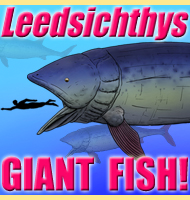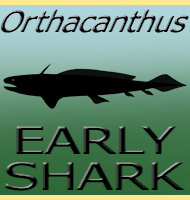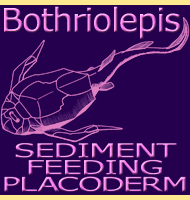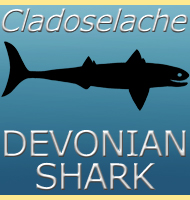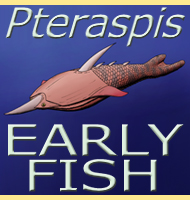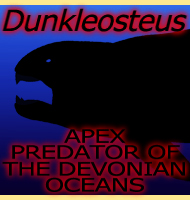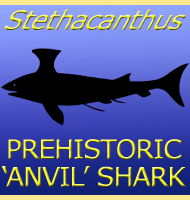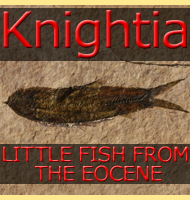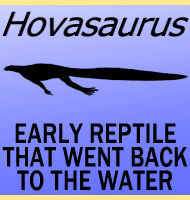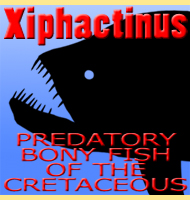


Gooloogongia

Name:
Gooloogongia
(From Gooloogong).
Phonetic: Goo-loo-gon-ge-ah.
Named By: Zerina Johanson & Per E.
Ahlberg. 1998.
Classification: Chordata, Sarcopterygii,
Rhizodontida, Rhizodontidae.
Species: G. loomesi (type).
Diet: Carnivore/Piscivore.
Size: About 90 centimetres long.
Known locations: Australia, New South Wales.
Time period: Famennian of the Devonian.
Fossil representation: At least one skull.
Gooloogongia
was a member of the Rhizodontida lone-finned fishes, and is noted as
being one of the most primitive members of the group. Some
rhizodontid fish are known to have grown up to and beyond lengths of
six meters, though at just under one meter, Gooloogongia
was quite
a bit smaller than these. Gooloogongia is also
noted for having two
rows of teeth, larger fangs in the inner row, and smaller versions
of these in the outer row. These teeth would have been best used to
trap softer bodied fish or the softer parts of placoderm fish, though
they would have been of little use against the thick plates of the more
heavily armoured placoderms.
Gooloogongia
was named after the town of Gooloogong which is
near to the site of
the first discovery. The type species is named in honour of Bruce
Loomes. Gooloogongia has been considered to have
been similar to the
modern day genus Scleropages leichardti, better
known as the
saratoga, in terms of ecological niche.
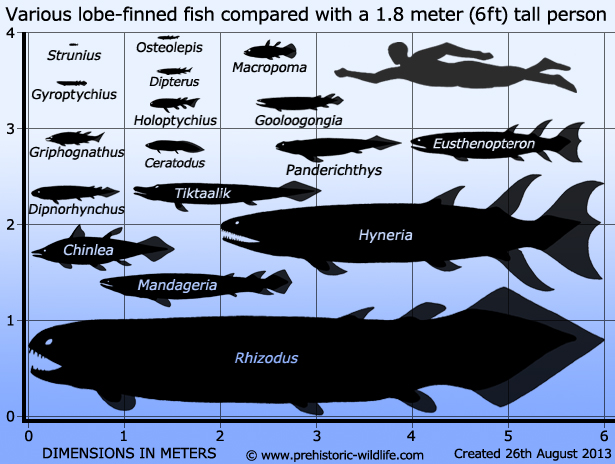
More information on the above fish can be found on their corresponding pages; Ceratodus, Chinlea, Dipnorhynchus, Dipterus, Eusthenopteron, Gooloogongia, Griphognathus, Gyroptychius, Holoptychius, Hyneria, Macropoma, Mandageria, Osteolepis, Panderichthys, Rhizodus, Strunius, Tiktaalik (upper estimate).
Further reading
- A complete primitive rhizodont from Australia - Zerina
Johanson
& Per E. Ahlberg. 1998.
----------------------------------------------------------------------------
Random favourites
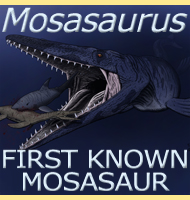 |
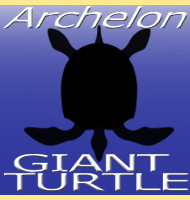 |
 |
